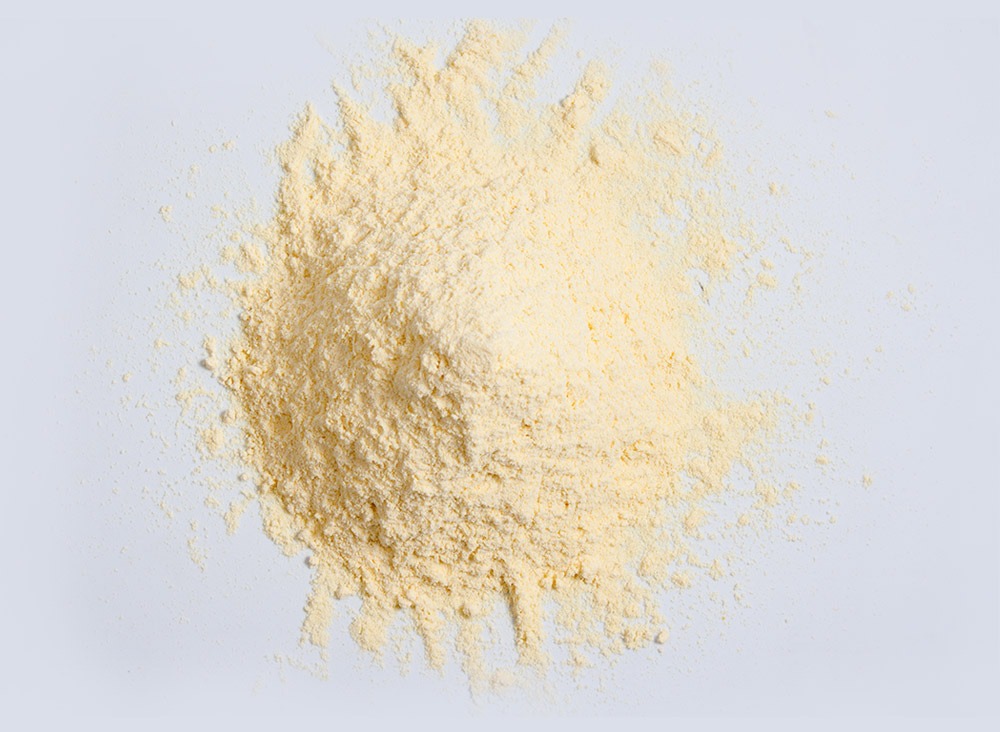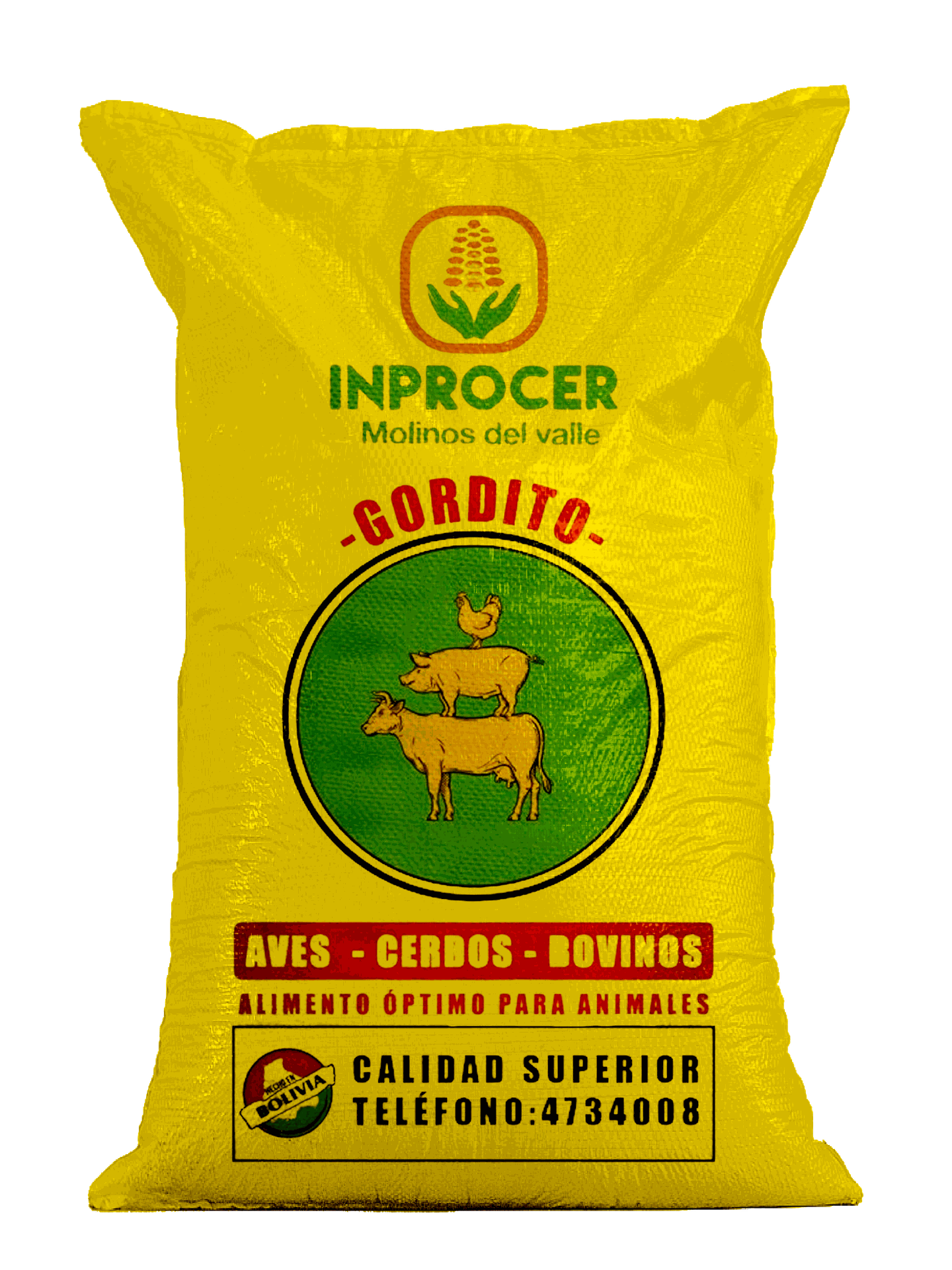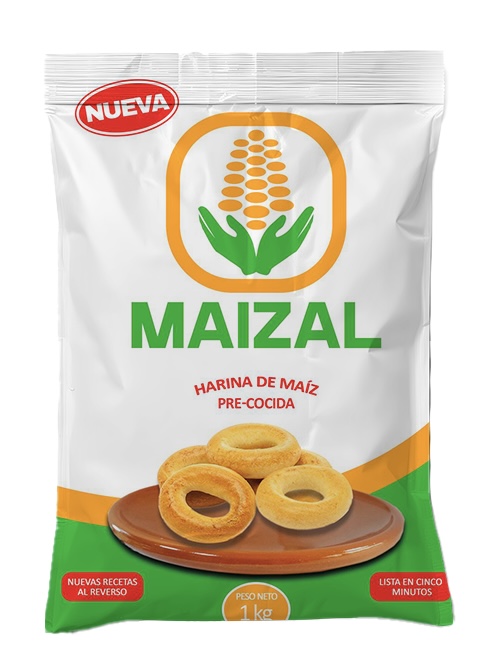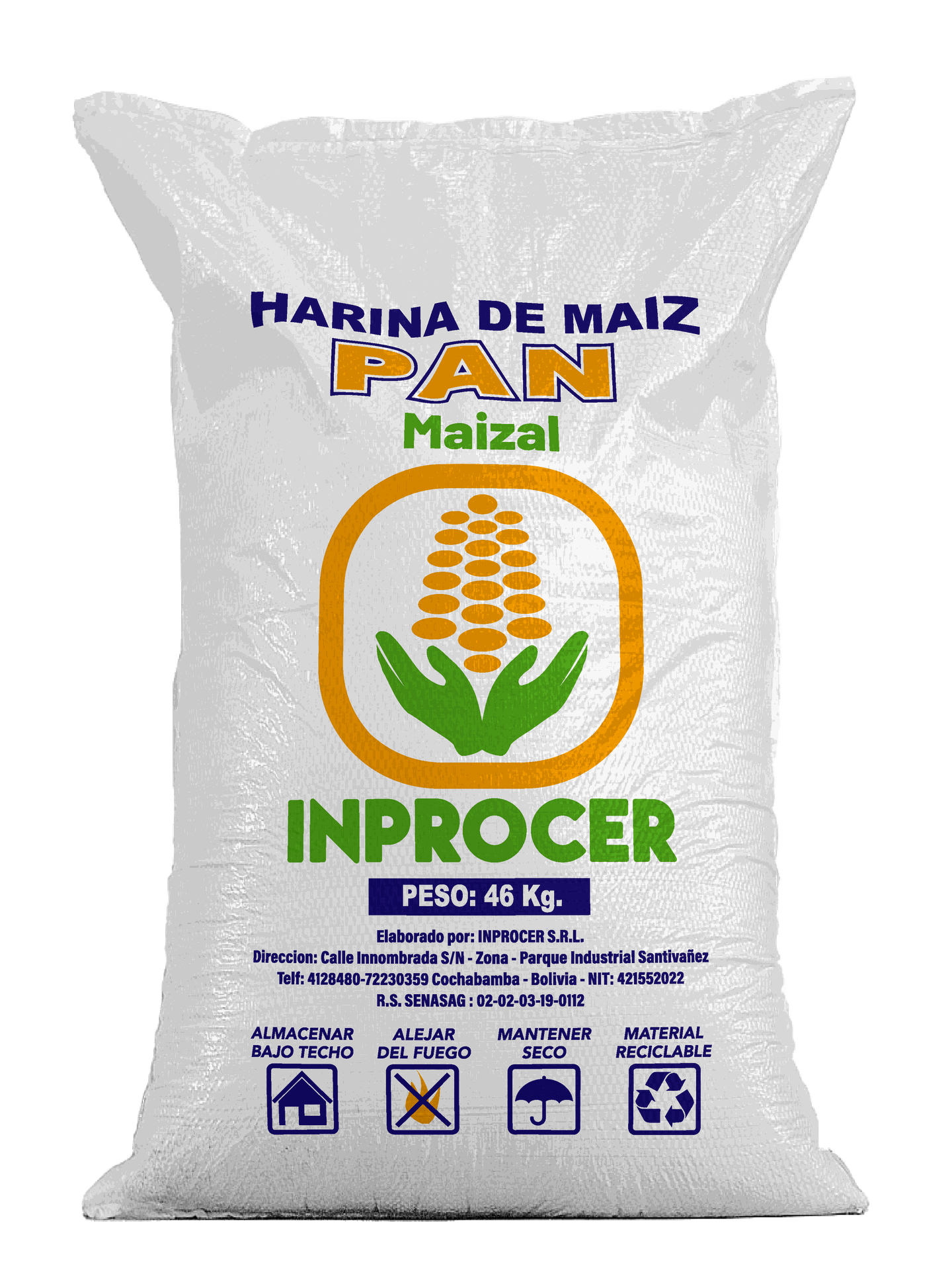Industrial Line
Focused on industries preparing food for human consumption.
Corn Grits
Corn grits are obtained from the hardest part of the endosperm of yellow corn selected for human consumption. Through a cleaning and dry milling process, the husk, germ, and softer sections of the grain are separated, resulting in homogeneous particles with low fat content, no fiber, and the characteristic aroma and color of healthy corn.
At INPROCER, we carry out a meticulous milling process that ensures grits of consistent quality. During this procedure, different types of grits are obtained and classified according to their particle size to suit various applications in the food industry
Transformation Process
Our industrial plant operates with cutting-edge technology to ensure an efficient and controlled milling process, guaranteeing optimal quality standards. As a result, we obtain different types of grits, classified by their granulometry and adapted to the needs of the food industry.
Uses and applications
Corn grits are a key ingredient in the production of extruded cereals and snacks, providing the texture and quality needed for the creation of innovative, high-nutritional-value foods.
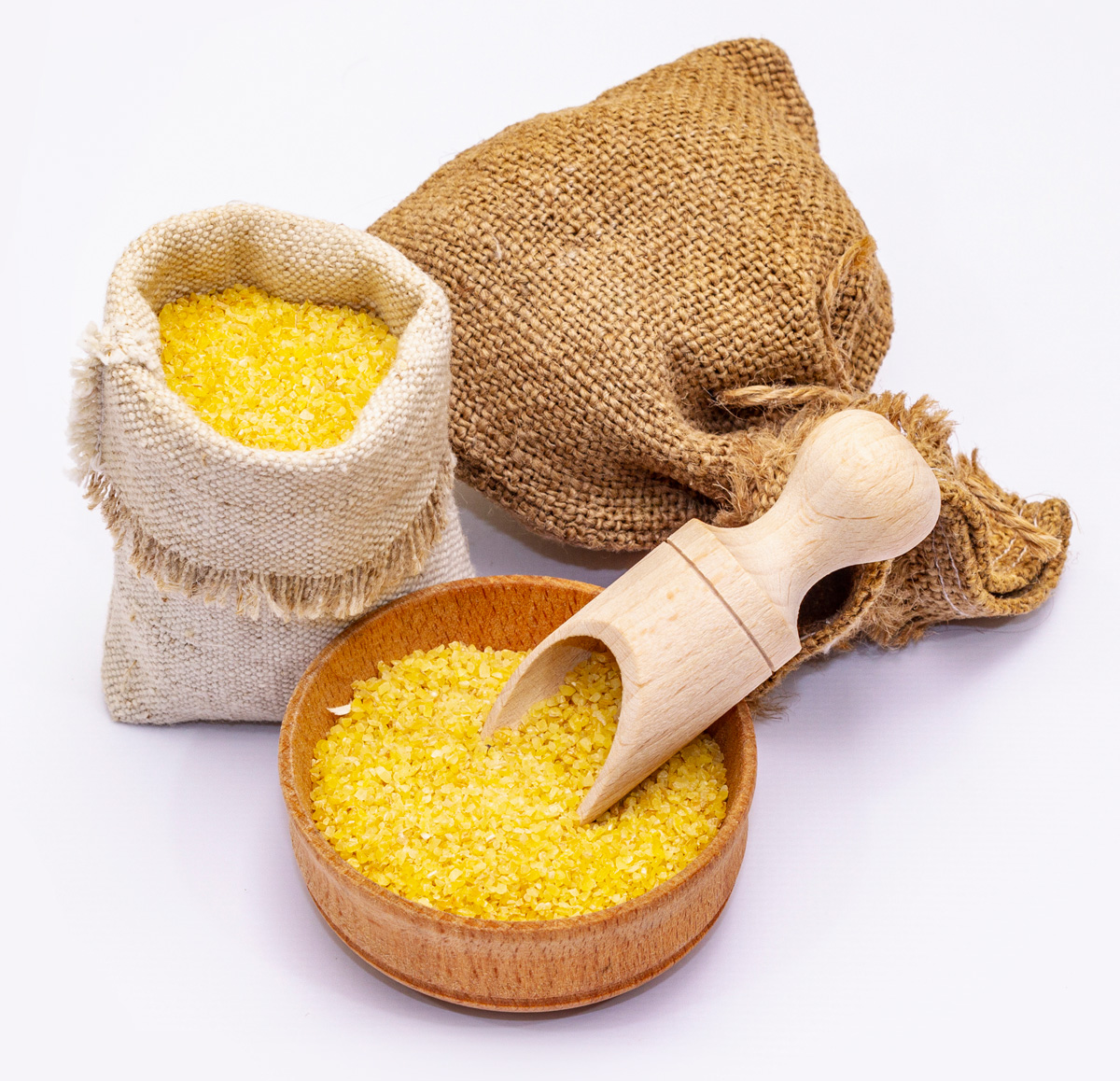
Raw and Pre-cooked Corn Semolina – Gelatinized
Corn semolina, like corn grits, comes from the hard portion of the endosperm of yellow corn classified for human consumption, which has undergone a cleaning process, separation of the husk, soft endosperm, and germ, as a result of degermination and dry milling. It is characterized by its fine particle size with uniform granulation, making it suitable for incorporation into cereal blends for various applications.
Transformation Process
Our plant carries out a milling process on corn to produce grits, using fully automated processes that meet all the necessary conditions to generate a product suitable for human consumption. Within this process, we obtain corn semolina, which is identified by the separation of different particle sizes used
Uses and applications
This product is primarily used in the industries of extruded and expanded cereals, snacks, extruded flakes, and meat products (bread crumb supplement). Due to its fine particle size, semolina is used in fermentation processes for beer production, given its high starch content.
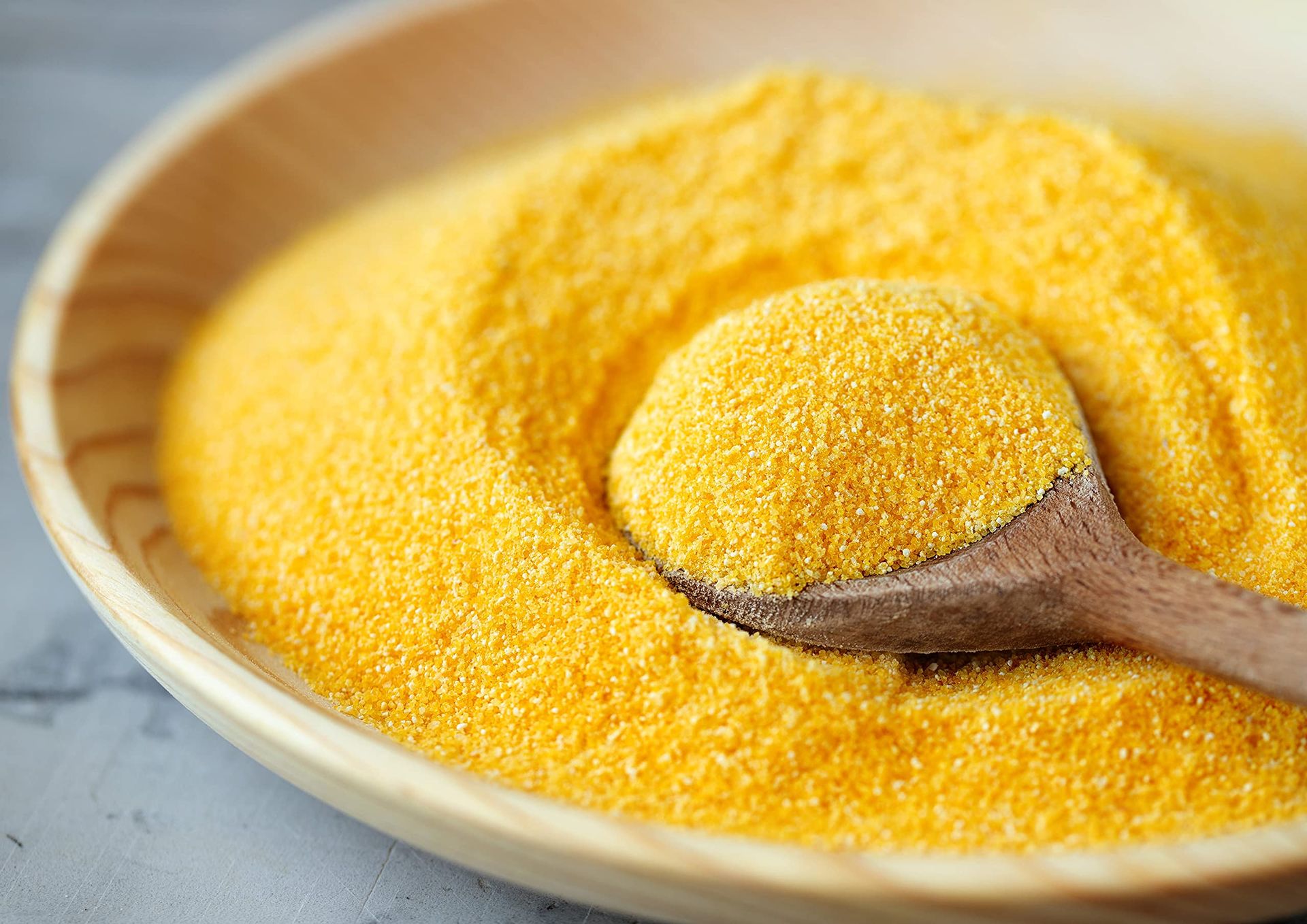
Rice flour
Rice flour is obtained from selected rice grains, which undergo a cleaning, husking, and fine milling process to achieve a homogeneous and high-quality texture. During this procedure, impurities are removed, and the particle size is controlled, ensuring a product free from residues and suitable for various food applications
Transformation Process
At INPROCER, we carry out this process with a focus on product purity and consistency, obtaining flour with excellent absorption capacity and stability in various preparations.
Uses and applications
Thanks to its versatility, rice flour is used in multiple sectors of the food industry:
• Bakery and Confectionery, Processed Food Industry, Gluten-Free Products, and Natural Thickener.
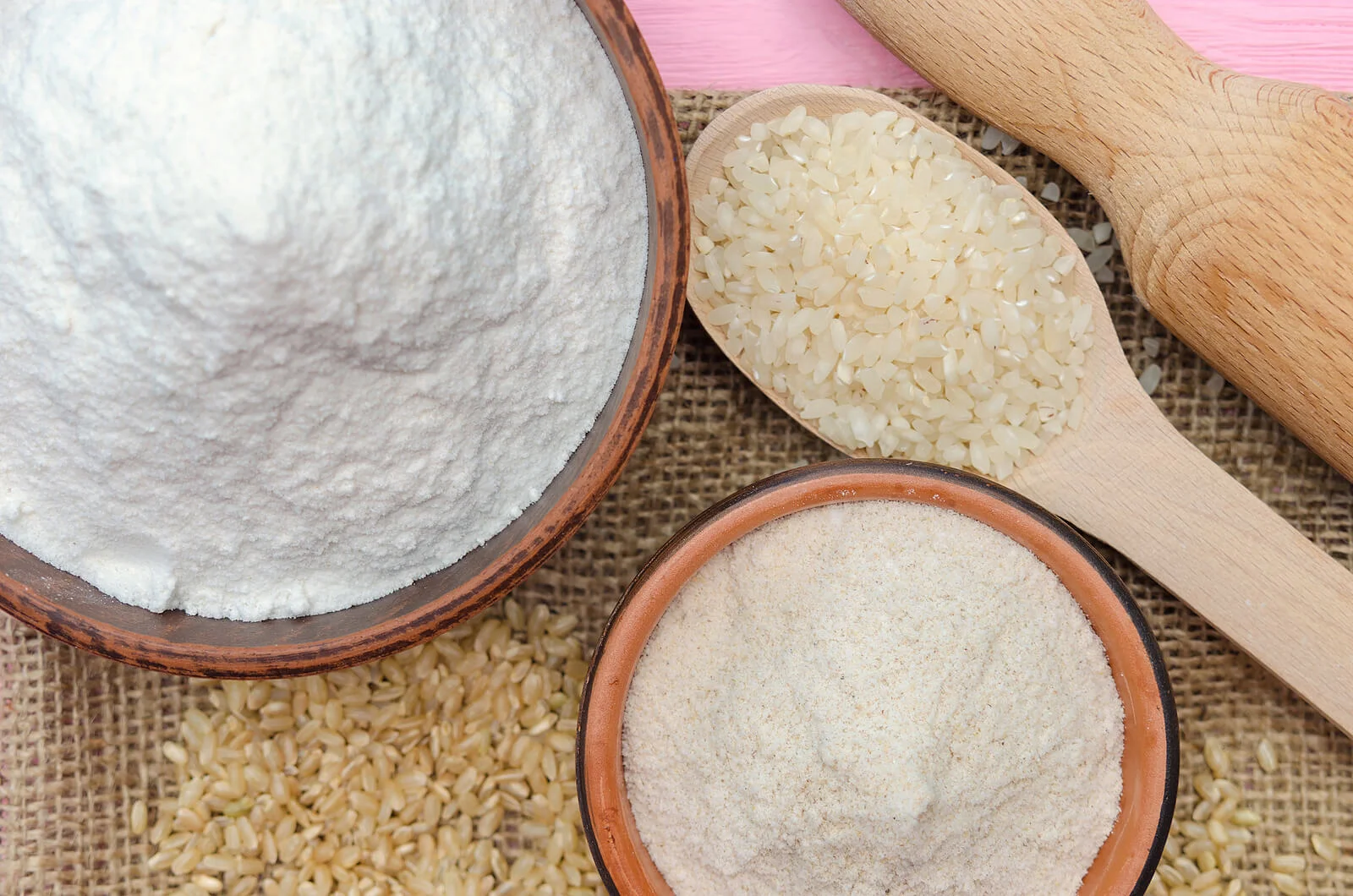
Raw or Cuban flour
Type A Corn Flour, low in fat and fiber, corresponds to the finely ground fraction of starches and hard endosperm that is separated during the milling process for corn grits production, from kernels that have been previously threshed, degerminated, and husked.
Transformation Process
A milling process is carried out on corn to produce grits, generating a product suitable for human consumption. Within this process, we obtain Raw Corn Flour or Cuban Flour.
Uses and applications
It is commonly used in artisanal baking, adding flavor and texture to rustic breads and long-fermentation products. It is also used in the production of cookies, cakes, and pasta.
